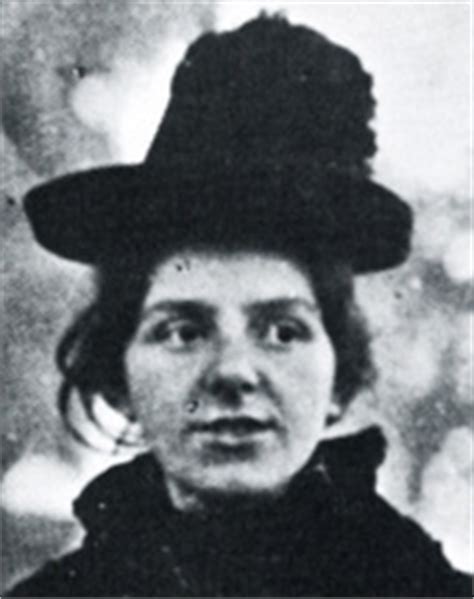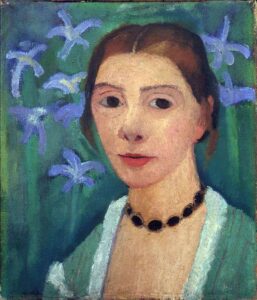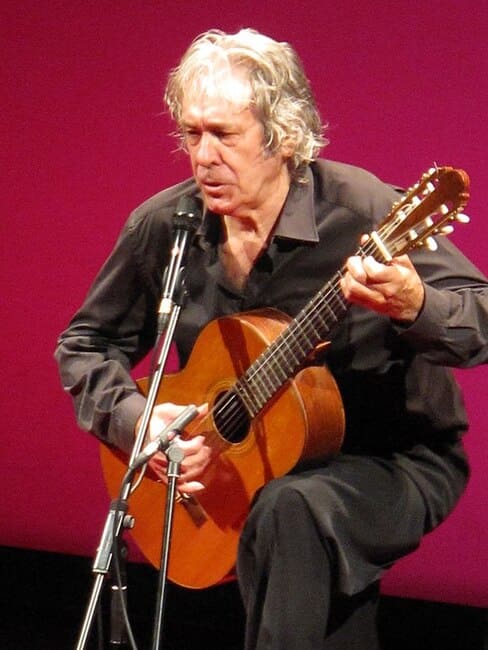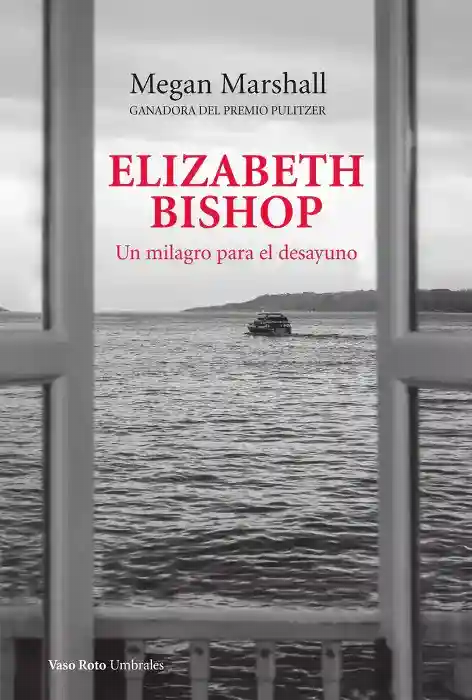Paula Modersohn-Becker:
“Quién habla de victoria?”
Minna Hermine Paula Becker, más conocida como Paula Modersohn-Becker, nació el 8 de febrero de 1876 en Dresde, Alemania.
Paula se interesó por la pintura a una edad temprana, comenzó a estudiar dibujo en 1888, cuando su familia se mudó a Bremen. Enviada a Inglaterra para completar su educación y aprender el inglés, allí también tomó cursos de arte en la St. John´s Wood Art School. En 1896 se trasladó a Berlin para estudiar en la Asociación de Artistas Berlineses (Verein der Berliner Künstlerinnen), porque en esta época, las mujeres todavía no tenían acceso a las academias de Bellas Artes. A su regreso, la artista se capacitó para convertirse en maestra y luego asistió (1896-98) a la tradicional Escuela de Mujeres Artistas en Berlín.
En 1898, Paula se unió a la colonia de artistas rurales de Worpswede, un grupo de artistas (regionales) que vivían ahí cerca de Bremen. En Worpswede, conoció la escultora Clara Westhoff que más tarde se casaria con el poeta Rainer Maria Rilke. En 1900 viajaron juntas a París, donde Paula descubrió con asombro las obras de Paul Cézanne, Gauguin y Van Gogh.
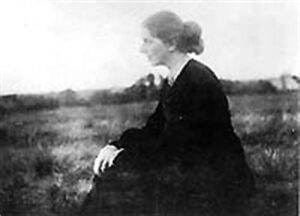
En 1901, la artista se casó con Otto Modersohn, un pintor paisajista de Worpswede. Pasó dos períodos más de estudio en París en 1903 y 1905, y el arte contemporáneo que descubrió allí la dejó cada vez más insatisfecha con los objetivos de los artistas de Worpswede. El trabajo de Cézanne, Gauguin y otros artistas franceses, como los del grupo Nabis, la inspiraron a utilizar formas simplificadas y color simbólico, en lugar de naturalista. Dejó a su marido en 1906 para establecerse en París. Su esposo la siguió allí más tarde ese año, y regresaron juntos a Worpswede en 1907.
Debido a que estaba más interesada en la expresión de sus sentimientos que en la representación precisa de la realidad, a ella se la asocia frecuentemente con el estilo expresionista y post-expresionista.
Paula pintó mucho sobre el tema de la maternidad (madres, bebés y niños), escenas con viejas, camponeses, paisajes con lunas y ocasos del sol, sendas, turberas y lodos, gallinas, gatos y flores- y también autorretratos de sí misma desnuda (y embarazada) porque no tenía dinero suficiente para pagar a las modelos. Autorretratos muy osados y originales para la época.
Paula dejó cerca de 755 lienzos, 13 estampas y unos 1000 dibujos, llenos de poesía y de fuerza experimental.
“Vivo en un extraño tiempo. Quizás el más serio de mi corta vida. Siento que todos se asustan de mí. Pero igualmente debo seguir adelante. No hay retorno.”
Tres semanas después del nascimiento de su hija Tillie (Matilde), con apenas 31 anos cumplidos, murió de una embolía pulmonar en Worpswede, en el 20 de noviembre de 1907.
En 1927, se inauguró un museo en Bremen dedicado a su obra. Fue el primero museo en el mundo dedicado a una artista mujer.
En 2007, la casa y el estudio de Paula se convirtieron también en un museo.
En 2016, el Musée d’Art Moderne de París le dedicó una exposición que se tituló, Paula Becker: “la intensidad de una mirada”.
“Quién habla de victoria?
Resistir es todo.”
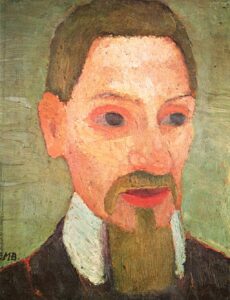
Rilke escribió Réquiem para Paula Modersohn-Becker en el 31 de octubre, y publicado en el 2 de noviembre de 1908, en Paris.
Según la escritora Marie Darrieussecq, que en 2016 dedicó un libro a la pintora, (Estar aquí es un esplendor: vida de Paula M.Becker) sus últimas palabras fueron: “ ¡Qué pena!”
Pues tú comprendiste esto: frutos plenos.
Los ponías en platos frente a ti,
y medías con colores su peso.
Y así como frutos contemplabas también a las mujeres.
E igualmente veías a los niños, tendiendo
desde dentro a las formas varias de su existencia.
Y al fin te veías a ti misma como un fruto.
Te hurtabas de tus ropas y posabas delante
del espejo, te metías en él, en su interior,
excepto tu mirada. Tu enorme mirada quedaba fuera
y no decía: eso soy yo; no, sino tan sólo: eso es.Así quiero yo guardarte, tal como
posabas en los espejos, dentro de tu hondura,
y de todo alejada.Rilke, Réquiem por una amiga.
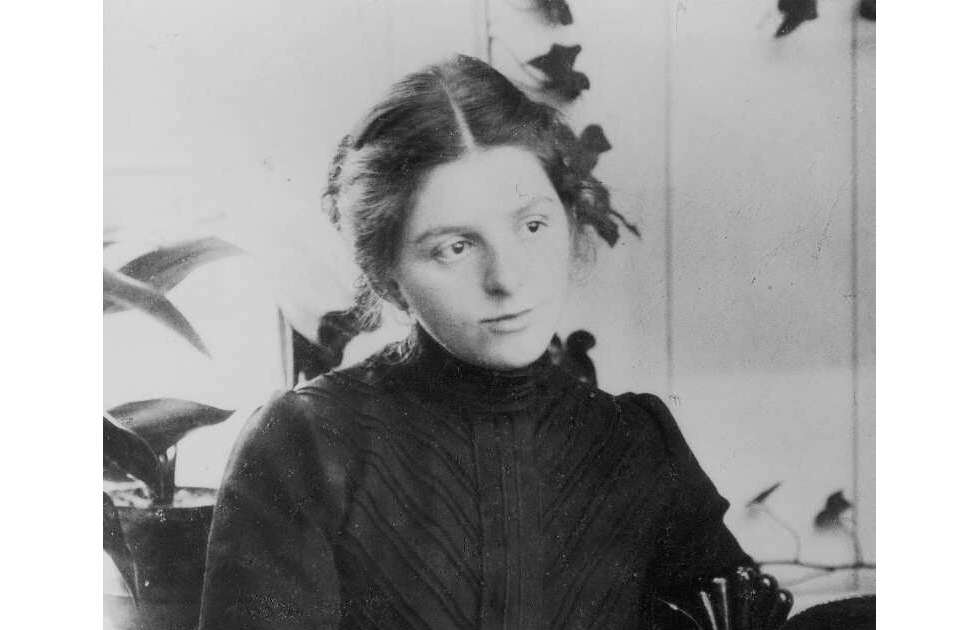
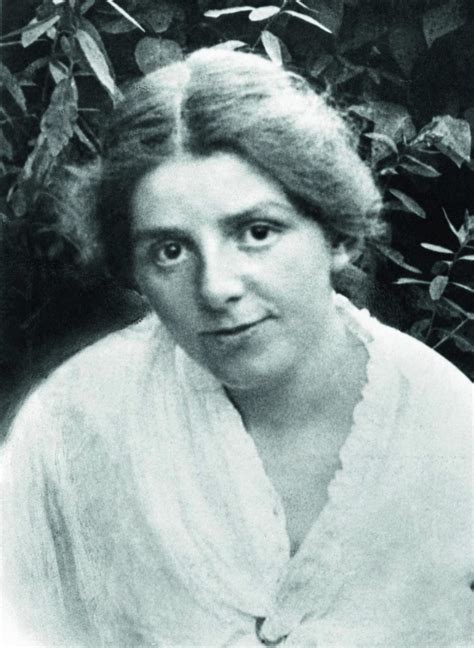

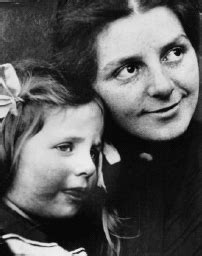
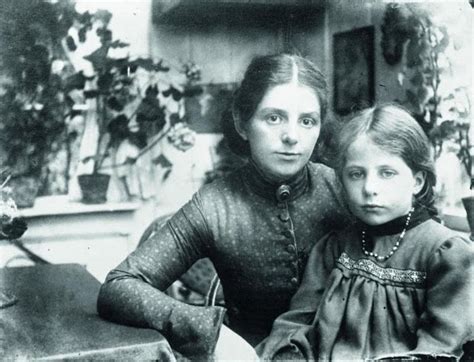
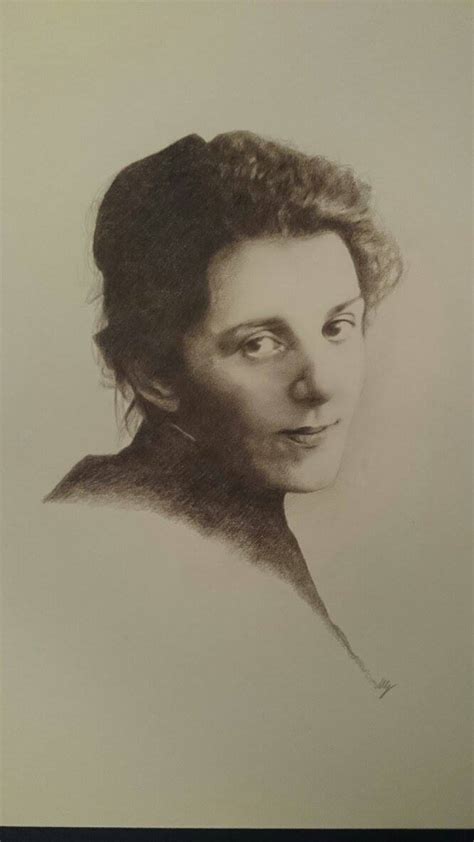

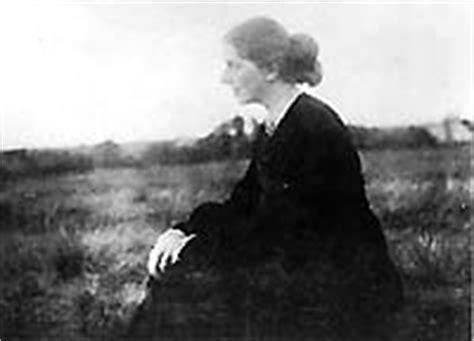
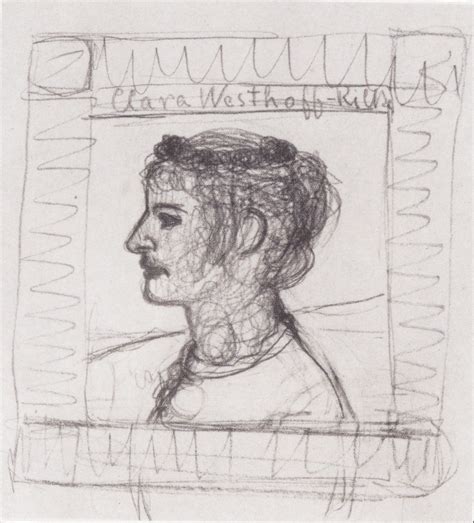
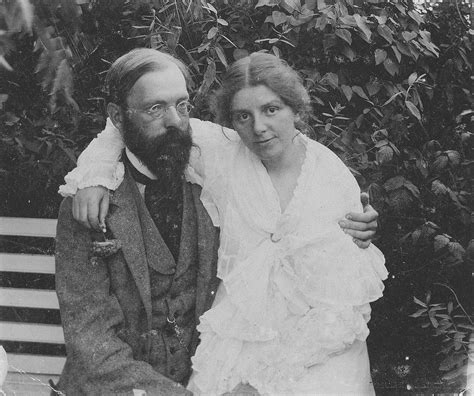
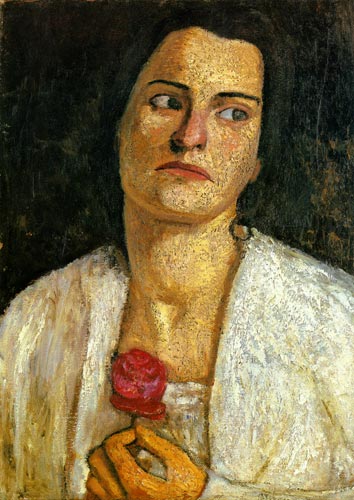
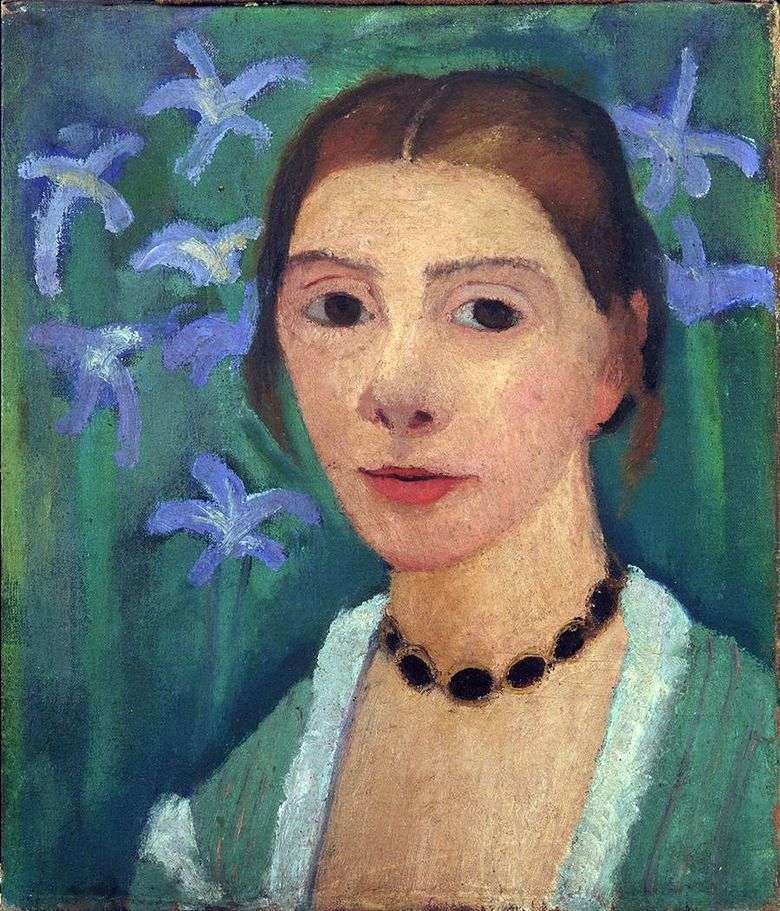
La galería de imágenes únicamente tiene carácter divulgativo, en ningún caso lucrativo. La Página no alberga publicidad ni recibe remuneración de ningún tipo.
